B.192
B.
Bulletin
New Zealand's leading
gallery magazine
Latest Issue
B.22201 Dec 2025
Contributors

Director's Foreword
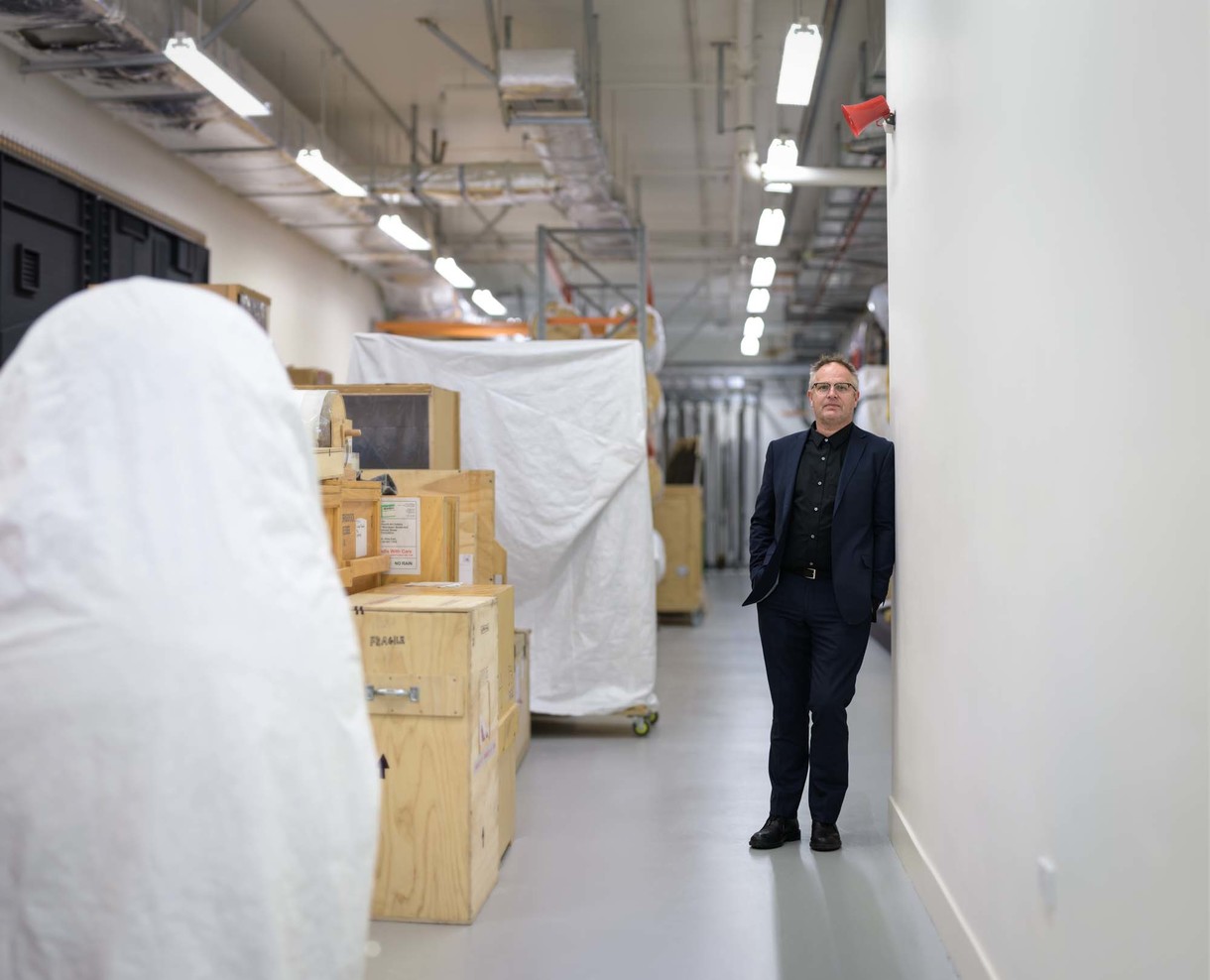
Director's Foreword
Welcome to the winter 2018 edition of Bulletin—my first as director of Christchurch Art Gallery Te Puna o Waiwhetū.
Interview
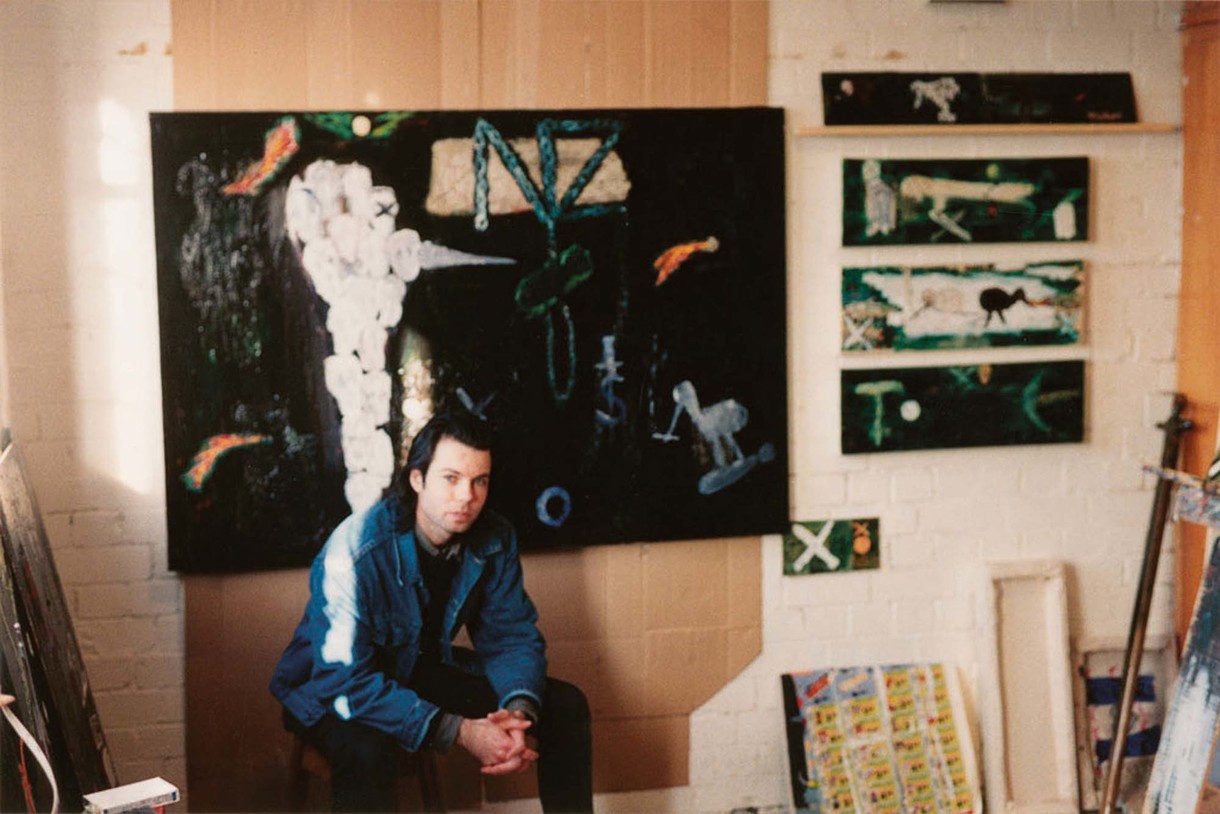
Driving Without a Licence
Peter Robinson: I may be wrong about this, but I believe that we were the last generation to experience the primacy of painting at art school. What I mean by this is that when we were at Ilam, students had to compete to get into departments. As crazy as it sounds now, there was a very clear hierarchy: painting was the most popular discipline and afforded the most esteem, sculpture second, then film, print, design and photography somewhere down the line. Can you remember why you ended up choosing sculpture? And furthermore why you ended up being a painter? Do you think your training as a sculptor affected the way you think about or approach painting that is different to someone who was trained formally as a painter?
Postcard From...
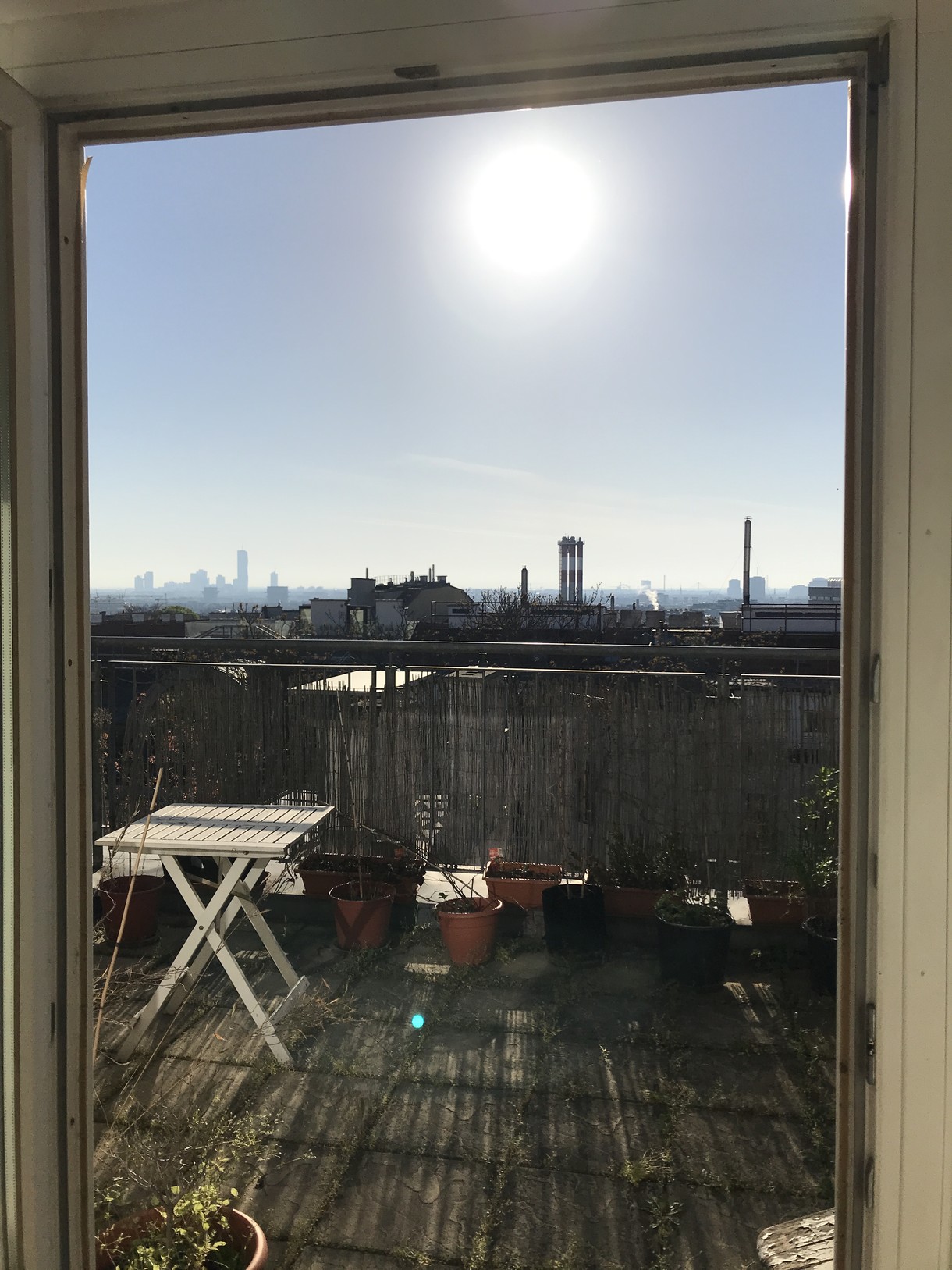
Postcard From...
My main base is in Vienna although I’ve lived a reasonably nomadic life for quite some time now. The last time that I lived in New Zealand was back in 2011, and I left just a few days after the earthquake to start a PhD in Sydney. After four years in Australia I did a couple of residencies in Paris and Italy before moving to Vienna.
Commentary
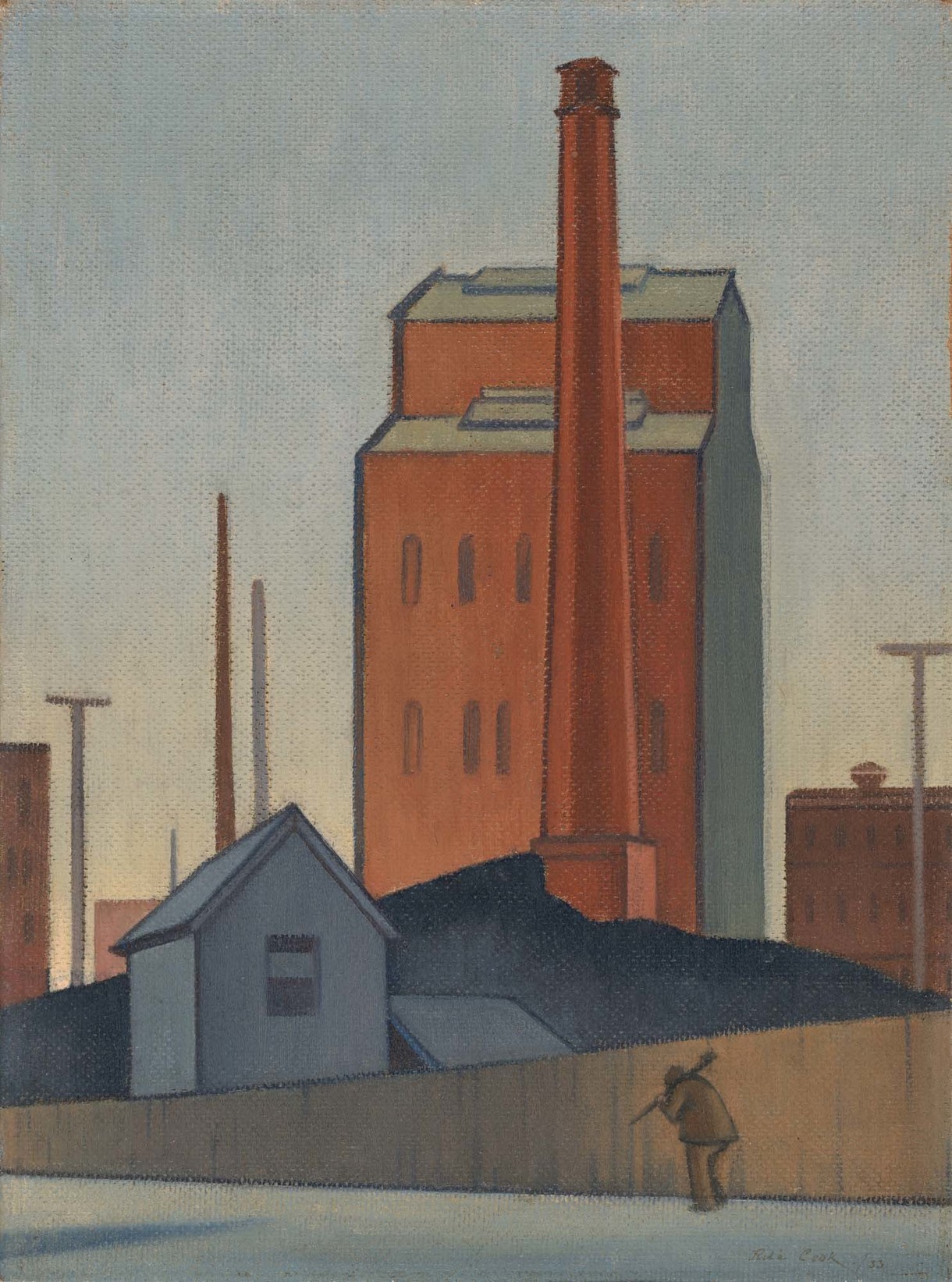
As Stark and Grey as Stalin's Uniform
Heading along to the stunning Rita Angus: Life & Vision survey exhibition at the Gallery in 2009 I always had this nagging feeling that one work was missing from the walls – Angus’s Gasworks from 1933. This painting was one that I knew only through the black and white image that appeared first in a volume of Art in New Zealand in 1933; the same reproduction that was later used in Jill Trevelyan’s excellent biography of Angus and also in the catalogue for the National Art Gallery’s 1982 retrospective, Rita Angus. For the New Zealand art historian, Gasworks was a kind of legend – painted by one of the country’s best artists yet seen in person by only a very few. In 1975, when Gordon H. Brown curated New Zealand Painting 1920–1940: Adaption and Nationalism, Gasworks was listed as ‘location unknown’ in the accompanying catalogue. Amazingly the painting was also not included in the retrospective exhibition of 1982. We had grown to know this painting purely through a grainy black and white illustration from 1933. But the painting was never lost – Gasworks is a painting that has been cherished, protected and loved by the same Christchurch family since the early 1940s. And now, having been placed on loan to Christchurch Art Gallery Te Puna o Waiwhetū, it is available for the public to view for the first time since 1933, when it was shown at the Canterbury Society of Arts.
Commentary

The World Tossed Continuously in a Riot of Colour, Form, Sound
One hundred and twenty five years ago, after years of political struggle, Aotearoa New Zealand granted all adults the right to vote by extending suffrage to women. To mark this anniversary, for this issue of Bulletin our curators have written about some of the Gallery’s significant – yet lesser-known – nineteenth and mid-twentieth-century works by women. Our intention is to make these paintings, and the cultural contribution of the artists, more visible in 2018.
Commentary

ASK Brooklyn Museum Offers Visitor Experience Insights
What if you could know exactly what your visitors thought about the art on view in your museum? And what if you knew what questions they had about it? What might you do with that information? At the Brooklyn Museum, we do know what (at least some) visitors are thinking and what questions they have. And we aim to use that information to improve our visitor experience. Thanks to our award-winning chat app, ASK Brooklyn Museum, we have collected anonymous data on what our visitors want to know about art, which artworks get the most attention, how much users explore the galleries and more. ASK connects users to a team of art historians and educators who answer their questions in real time during their visit. Since the soft launch of the app in 2015, we have held over 14,000 conversations with users. That’s a lot of data.
Interview
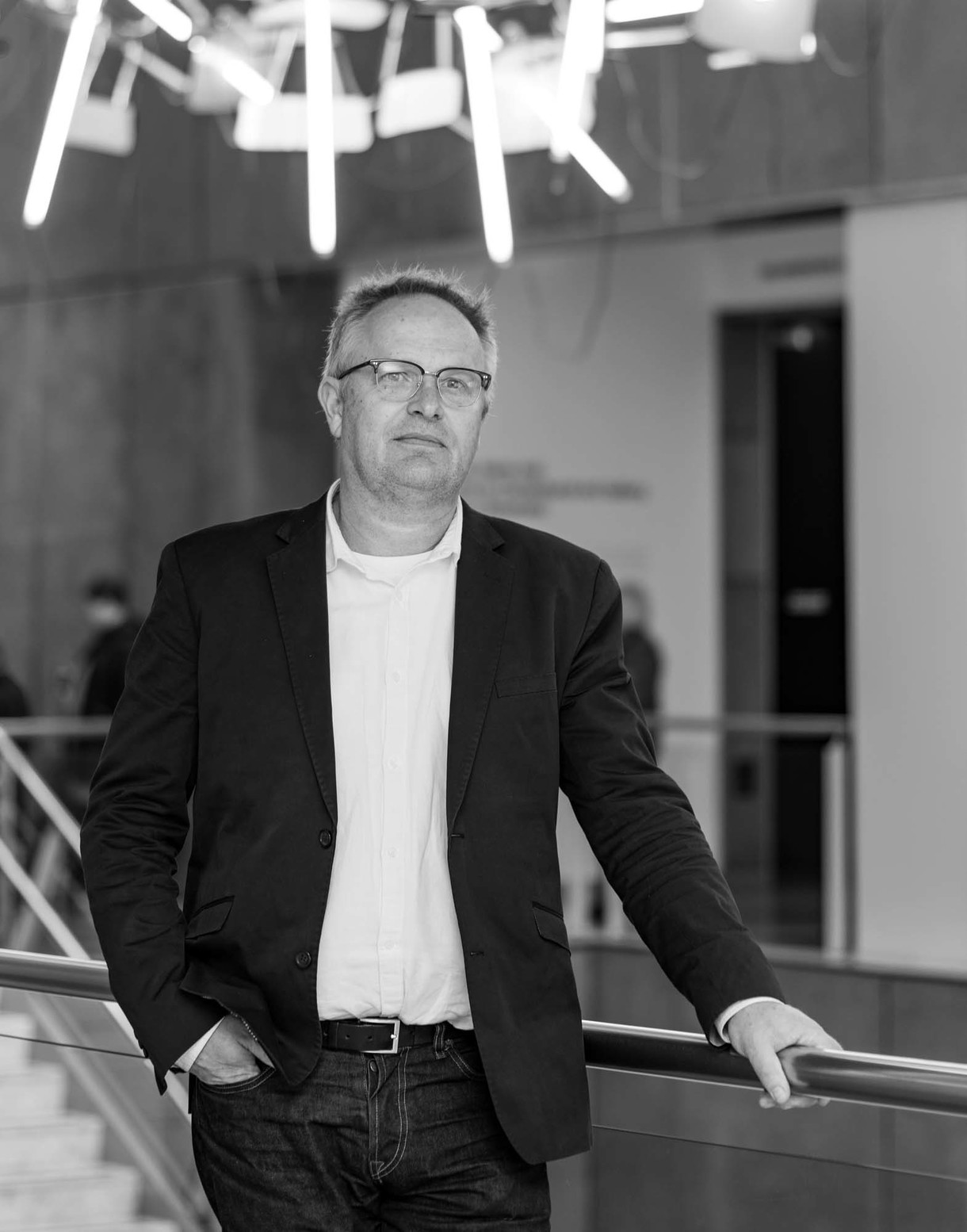
Becoming Someone Different
The Gallery’s new director, Blair Jackson, talks with Bulletin editor David Simpson about where he’s come from, what he’s got planned, and what he’s excited about as he settles in to his new role.
My Favourite
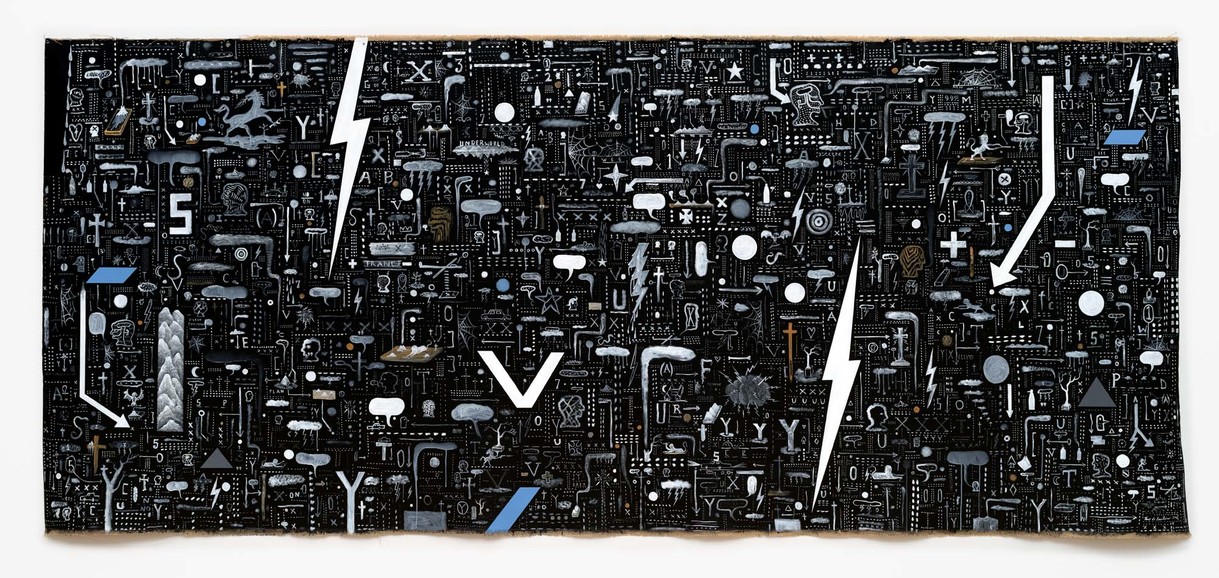
Tony de Lautour's Underworld 2
Underworld 2 is a must-see. I know, I know. Everything is a must-see or a must-read or a must-do in this society of superlatives and imperatives. But you really do need to be in the same room as this work. Underworld 2 is immense. You need to be in front of it—to be immersed, to be overwhelmed, to be confronted. I start at the left-hand side and plot my journey as if I am planning a road trip and this is my map; first south around the mountains, turn left, then keep going until you pass a lion on the right-hand side. Stop and take in the scenery, go down a dead-end road or two. There’s no rush. You’ll know when you’re there.
Commentary

The Dutch Funeral, Retitled
When you think about it, The Dutch Funeral is a peculiar title for a work painted in the Netherlands, by a Dutch artist. You could imagine such a work being titled The Funeral, or A Funeral; or even more likely, A Funeral at a Specified Place or possibly At a Specified Time. Even Of a Certain Person. But The Dutch Funeral? Most unlikely. It was while we were researching works for the Closer exhibition that its strangeness suddenly became evident to me. I was surprised that I’d never questioned the title before. But then, like many people who grew up in Christchurch, I was used to The Dutch Funeral as a fixture of local culture, a work so large it could never be taken off the wall at the McDougall; a magnificently gloomy painting which van der Velden scholar Rodney Wilson once described as “a sort of Christchurch version of the Night Watch with an immense public following”.






